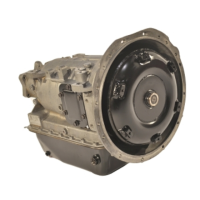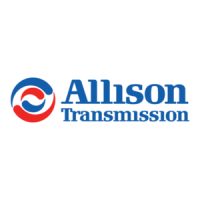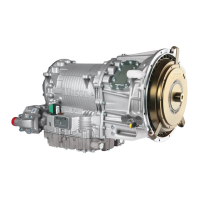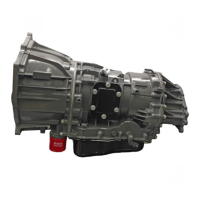27
4–2. CHECKING CHASSIS, DRIVELINE
Inspect the chassis and driveline and correct any faulty conditions:
• Broken or worn transmission mounts.
• Missing, cracked, or swollen isolators (rubber mounts).
• Improper or damaged bolts or other hardware.
• Permanent deformation of springs in rear support.
• Damaged or worn cross-frame members.
• Lack of lubrication, excessive end play or wear, or deformation of driveline
midship or hanger bearings.
• Inadequate freedom of movement, wear, excessive backlash, or lack of
lubrication of driveline yoke slip joints.
• Inadequate freedom of movement, wear, lack of lubrication, or damaged
needle bearings in universal joints.
• Nonconformance to manufacturer’s recommendations for driveline angles and
universal joint phasing.
• Condition of alignment, flanges, yokes, backlash, fluid leaks, or torque
tightness of mounting bolts for auxiliary transmission or transfer case
mountings.
• Excessive backlash in vehicle differential ring gear and pinion (refer to the
vehicle manufacturer’s specifications).
• Damaged condition or improper alignment of PTO-driven equipment, shafts,
and couplings.
4–3. CHECKING COOLER, TUBES, HOSES, FITTINGS
Inspect chassis and transmission-related plumbing and correct any faulty conditions:
• Transmission hydraulic system cooler (heat exchanger) — clean and flush, or
replace if cleaning and flushing are not satisfactory.
• Cooler connecting lines –– clean and flush; inspect for deterioration, leaks,
faulty connectors, kinks. Minimum tube size required for cooler circuit is
0.5 inch (12.7 mm) or No. 8 hose size (SAE
13
⁄32 inch ID). However, a larger
hose may be required to meet flow and pressure drop requirements. Pay
particular attention to any hose with a Teflon
®
liner for inner tube kinks or
“bubbles.”
NOTE: There are two coolers to check on an AT 500R transmission.

